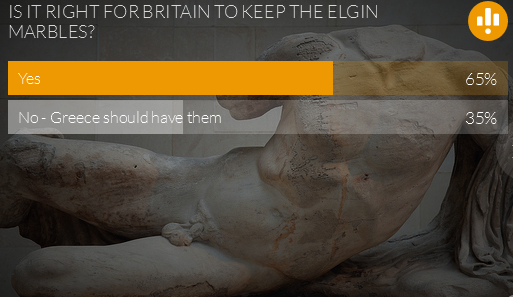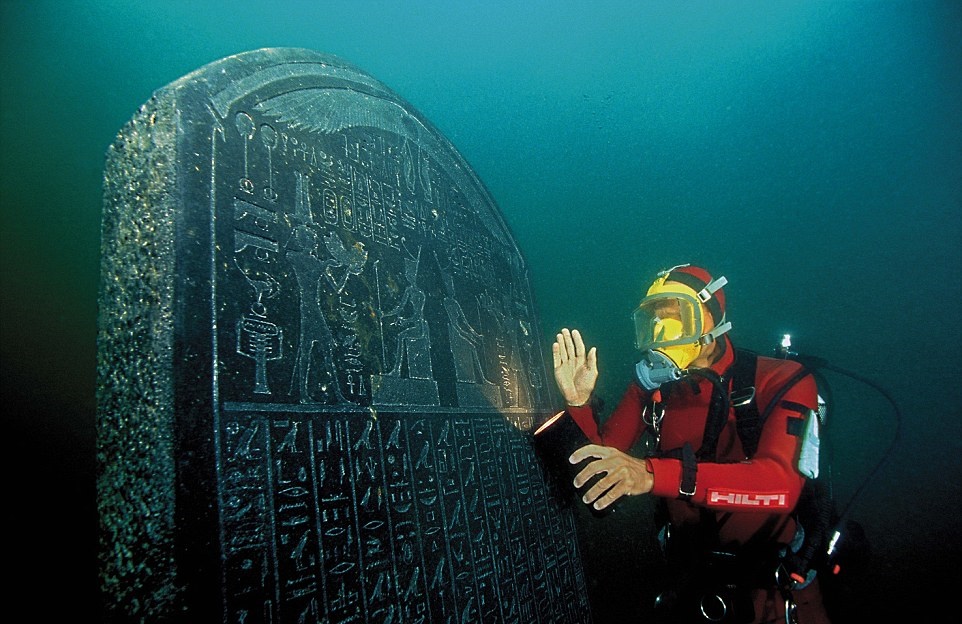The Great London [Search results for sculpture]
UK: Court examines Libyan sculpture at British Museum

India: Australian gallery identifies looted Indian treasures

Travel: 'Defining beauty: The body in ancient Greek art' at the British Museum

Wire Tree Sculpture

Libya: Looted Greek statue belongs to Libya rules UK judge

Turkey: Turkey to pursue return of Knidos treasures

More Stuff: Telegraph: Greece has no legal claim to the Elgin Marbles

Travel: 'From Ancient to Modern: Archaeology and Aesthetics' at New York University’s Institute for the Study of the Ancient World

UK: British Museum to launch first major exhibition of underwater archaeology in May 2016

Travel: 'Ancient Egypt Transformed: The Middle Kingdom' at Metropolitan Museum of Art, New York

Libya: Mafia offers rifles to jihadists for Libyan treasures

More Stuff: 'A dream among splendid ruins...' at the National Archaeological Museum, Athens

Great Legacy: Egypt launches appeal to buy back Sekhemka statue
